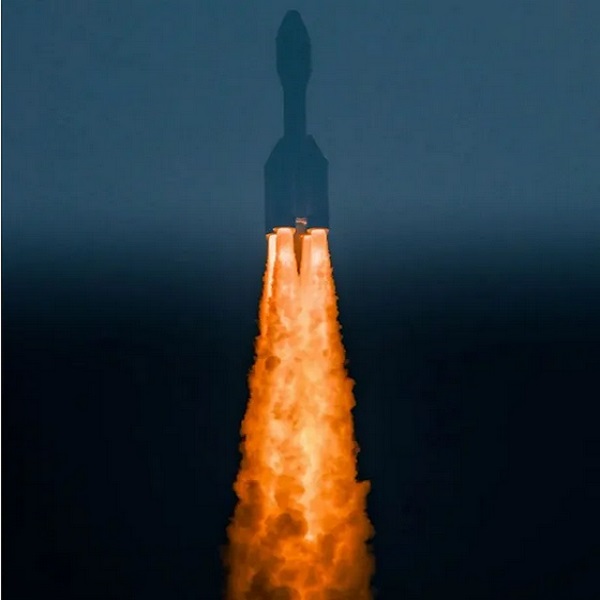OrienSpace, a China space startup, reportedly launched the world’s most powerful solid-fuel rocket from a ship off the eastern coast. The rocket, Gravity-1, falls in the same category as SpaceX’s Falcon 9 rocket. However, it is not a reusable launch system yet.
The aerospace sector in China has made some great strides in recent years. Backed by the government, space companies in China have been looking to replicate the success of SpaceX and, at times, even beat it by completing launches using methane fuel.
However, with plans to launch a rival satellite constellation to SpaceX’s Starlink, China needs a medium-lift rocket that can be launched frequently and at short notice. Established in 2020, OrienSpace aims to fill this gap with its Gravity series of rockets.
OrienSpace’s Gravity-1 Rocket
On January 11, OrienSpace completed its first-ever launch of Gravity-1 by placing three weather satellites in orbit. The rocket generates 600 tons of thrust and can lift 6.5 tonnes of cargo to near-Earth orbits.
The cargo compartment of the rocket measures 13.7 by 30 feet (4.2 X 9 m) and has sufficient space to launch 30 satellites in a single launch, the South China Morning Post reported. The rocket’s payload capacity and large space also make it ideal for ferrying cargo to the Chinese Space Station.
Gravity-1 consists of seven solid rocket motors, which has typically been a challenge for space companies globally. “The juncture where the rocket booster meets the core stage, no larger than an A4 sheet of paper, must endure a force of roughly 200 tonnes,” Yao Song, co-CEO of OrienSpace, told SCMP.
Taking on SpaceX
OrienSpace’s Gravity-1 rocket is built for mass production. The core and boosters of the rocket have the same diameter, which is aimed at simplifying manufacturing and reducing costs. While the company has not revealed the cost of its first launch, it claims to have taken additional measures to reduce the launch cost.
Solid fuel allows rocket assembly, testing, and launch to be completed within a three-mile (five km) radius, helping save production costs and time. Offshore launches give the company the ability to conduct weekly launches using the same vessel.
Additionally, the company also deployed an inflatable protective cover during the transport and launch of the rocket that protected it from harsh winter, snow, and rain, the SCMP report added.
The company also has two other Gravity rockets in the pipeline. The Gravity-2 is a partially recoverable heavy-lift launch vehicle designed to deliver over 25 tons of payload to low Earth orbit (LEO). The rocket is expected to debut next year.
Gravity-3 will have two Gravity-2 cores and a payload capacity of 30 tons to LEO, which could be used for large-scale constellation deployment and lunar exploration.
OrienSpace is also working to serve the military requirements and could work in as little as 24 hours after receiving a request to launch satellites.
Source: E&T










